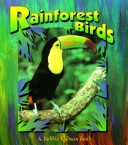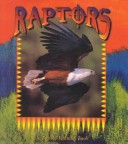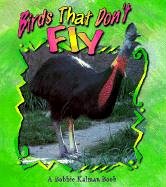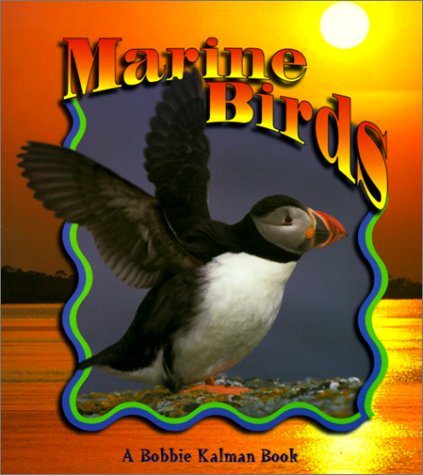Birds Up Close S.
6 total works
The brightly colored hornbill often follows troops of monkeys through the rainforest to eat pieces of fruit dropped by the munching primates. Rainforest Birds explores jungle habitats and the various species of unique birds that live there featuring:
-- birds who live on the forest floor and fly very little
-- birds, such as parrots, whose dazzling markings act as camouflage among the colorful flowers of the understory
-- raptors who hunt for prey in the treetops of the canopy
-- their eating and breeding habits
-- threats from the exotic bird trade and the destruction of the world's rainforests
Vultures tend to overeat. Too heavy to fly after gorging on a dead carcass, they often have to throw up their meal if they need to flee an enemy quickly. Raptors introduces such birds of prey as eagles, owls, hawks, and vultures, describing:
-- their methods of hunting
-- their habitats
-- their role within their ecosystem
-- how endangered species are being helped through captive breeding and rehabilitation centers
Making a safe landing can be difficult for some seabirds. If the wind is not cooperating, they often crashland risking injury to their feet and legs. How Birds Fly uses detailed illustrations to help explain the dynamics of lift and thrust which keeps birds in the air. Also explored is:
-- the nature of bird anatomy
-- the role of feathers in flying
-- why hummingbirds hover and why birds migrate in a V-formation
-- the evolution of birds and the man-made dangers they face





